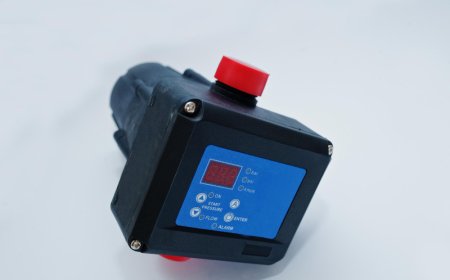- Grasp the fundamental principles of electrical circuits, including key components like resistors, capacitors, inductors, transistors, and diodes.
- Apply circuit laws such as Ohm's Law and Kirchhoff's Laws in virtual scenarios to analyze both AC and DC circuits.
- Learn how to design and simulate electronic systems like amplifiers and filters.
- Diagnose common electrical issues through real-time feedback on circuit performance and signal integrity.
- Optimize circuits for efficiency and reliability by testing and refining designs in a virtual environment.
imaginX is used by many amazing schools and universities
University / College

























